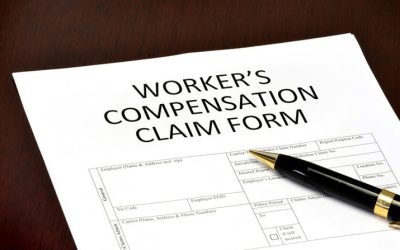With the constantly rising workers’ compensation costs, employers and their insurers are always considering ways to reduce the costs and any fraud associated with the workers’ comp program. This has made the independent medical examination (IME) and its integral medical records review process all the more significant. The IME helps the insurer better able to make fair decisions regarding how to handle the claim. It provides the necessary information as regards whether to continue/discontinue/change the medical treatment, and also to determine the appropriate permanent partial disability benefit or the permanent total disability benefit. The IME process helps to contain workers’ comp costs, with medical review services for independent medical examiners helping in evaluating the cases and the focus is mainly on causation, impairment, and appropriateness of care.
Speaking of cost containment and making the appropriate workers’ comp claim decisions, effective communication is a major factor that can help in this regard. Employers must make sure that an injured worker has a clear understanding of how the system worksincluding the need for an IME. This is indispensable because misunderstandings and confusion can increase the number of claims. Mostly injured workers and their families are worried about when they will receive medical care or their wages, which lead to a lot of frustration and anxiety.
Unfortunately, many employees do not know what step to take once they incur an injury. Here are some steps the organization/employer can take to ensure their employees know what to do if they are injured on the job.
- It is the responsibility of the employer to communicate to him/her the process for reporting injuries and filing a workers’ compensation claim. If this is not done, employers may end up paying more than they should for their workers’ comp coverage. Reporting injuries is an important factor that determines the outcome of any employee injury. Several studies have shown that delay in reporting the injury has a direct impact on the costs of claims. Employers must therefore ensure that their employees and supervisors understand the importance of immediate reporting of any worker injury. This will prove beneficial for both worker and employer.
- Another thing to communicate to employees is information regarding the compensation due to them. It is important to convey to them the process, expectations of the employer, and the return-to-work policies so that they are not frustrated. It will help develop trust and give the employee the impression that the organization they work for cares for them. Describing the claims process and what to expect will help lower claim costs.
- Once an injury is reported, make sure that effective communication is set up between the injured worker, the claims adjuster, supervisors etc. to help the worker get back to work as soon as possible.
There are some important considerations when it comes to the way in which the employer, supervisors and managers communicate with the injured worker.
- Ensure that accusations are not made against the worker.
- It is vital to be honest with the injured worker and put across the idea that you will work with him/her.
- When speaking to the worker, be positive. Assure the employee that her job is not risk and that you expect to see her back at work soon.
- Whatever is being communicated must be said clearly and concisely so that the employee is not confused in any regard.
- The worker should get the idea that you are supportive, and your tone and attitude should reflect this.
- Being friendly, polite, nice and smiling when one speaks is a great way to win the trust and liking of your employee.
- A very important thing to ensure is that you are patient enough to listen carefully to what your employee is saying; clear any misunderstandings that may be there.
- The communications between the employer and the injured worker must be regular, whether it is made via phone, email, letter or text. Inform the worker regarding the status of the claim, apart from communicating your support and concern. Give him/her the reassurance that they are valued employees and provide them updates on work-related happenings.
In most workers’ compensation claims that are litigated, the main reasons for the animosity between an employee and employer are hurt feelings, misunderstandings and fear. By ensuring excellent communication among all people involved in the claims process, employers can ensure their injured workers recover quickly and get back to work. Showing that they are cared for is a great morale booster for workers, and prevent them from getting depressed and feeling alone. Close involvement of the employer in the claims process with regular contact and communication with the injured employee, medical service providers, claims representatives and other parties can help reduce out-of-work time for injured employees while also reducing the workers’ comp claims by around 20 – 50 percent.




